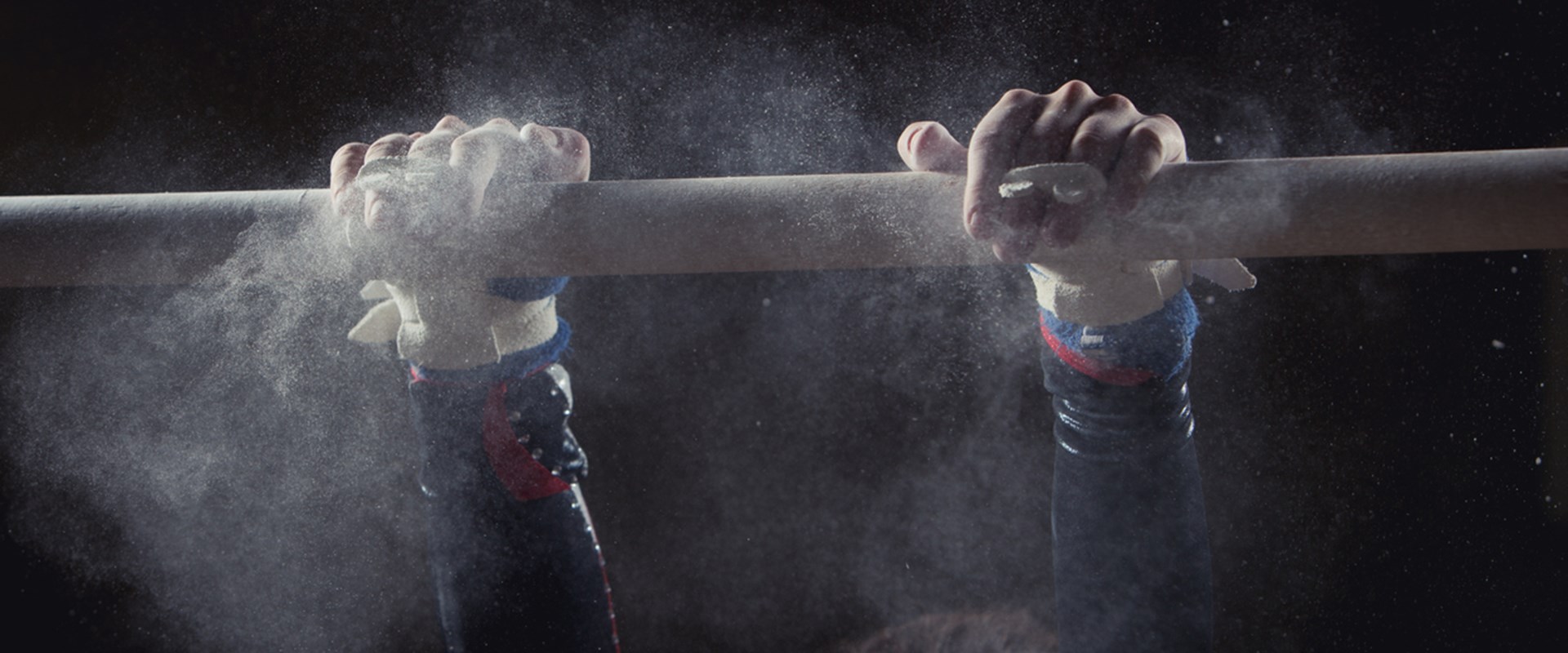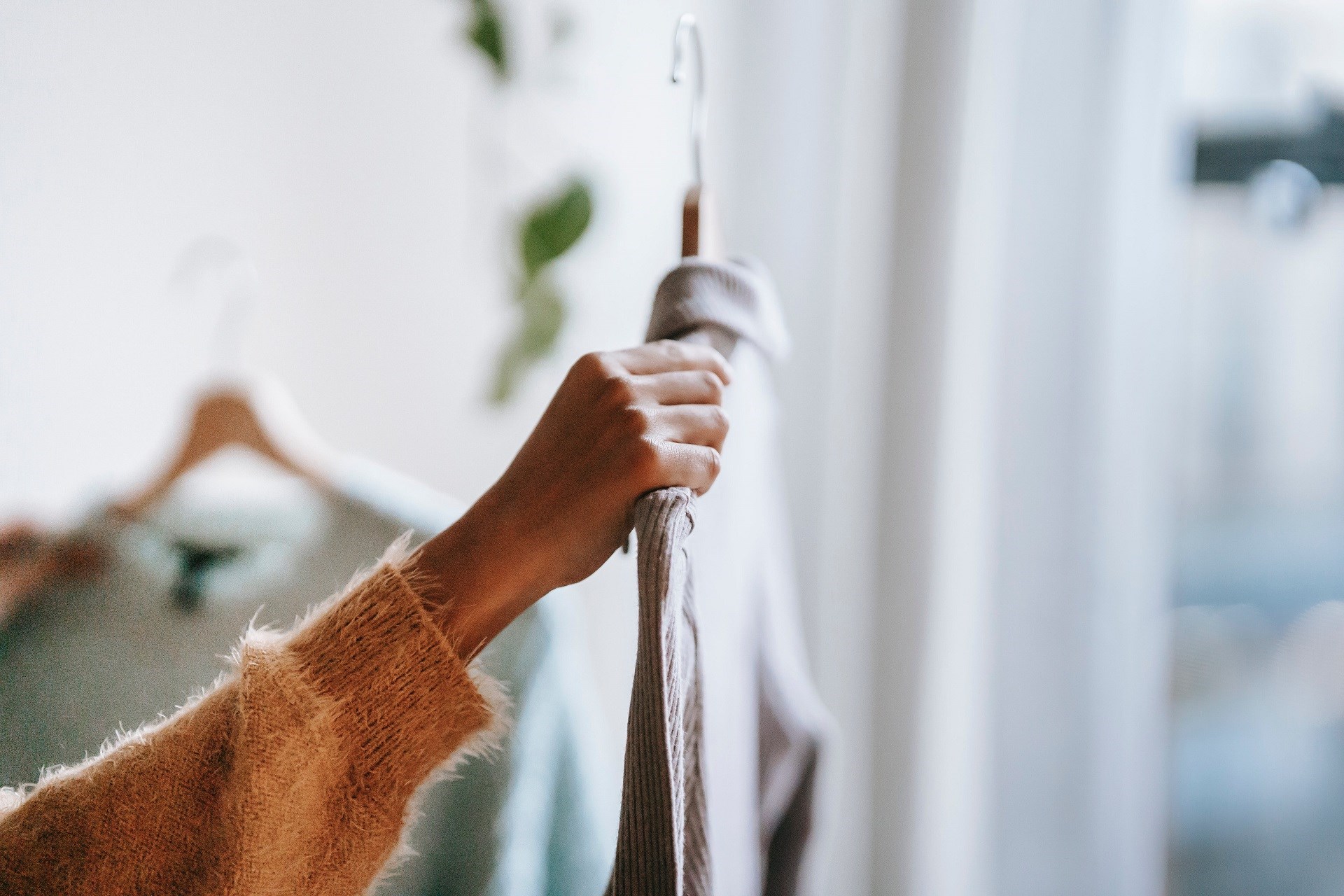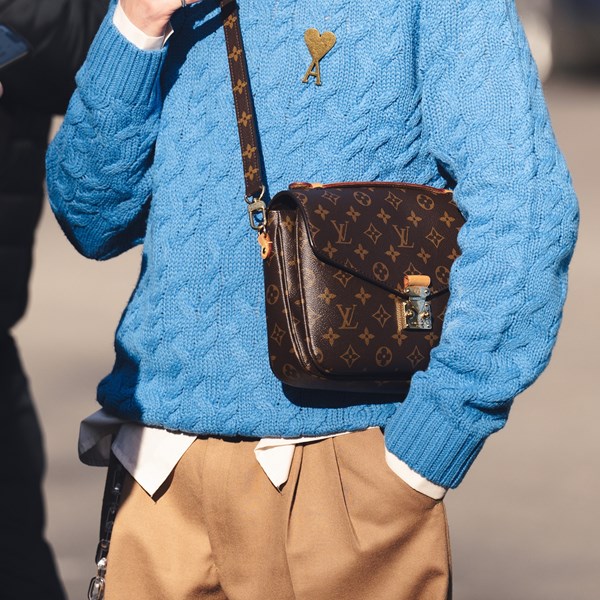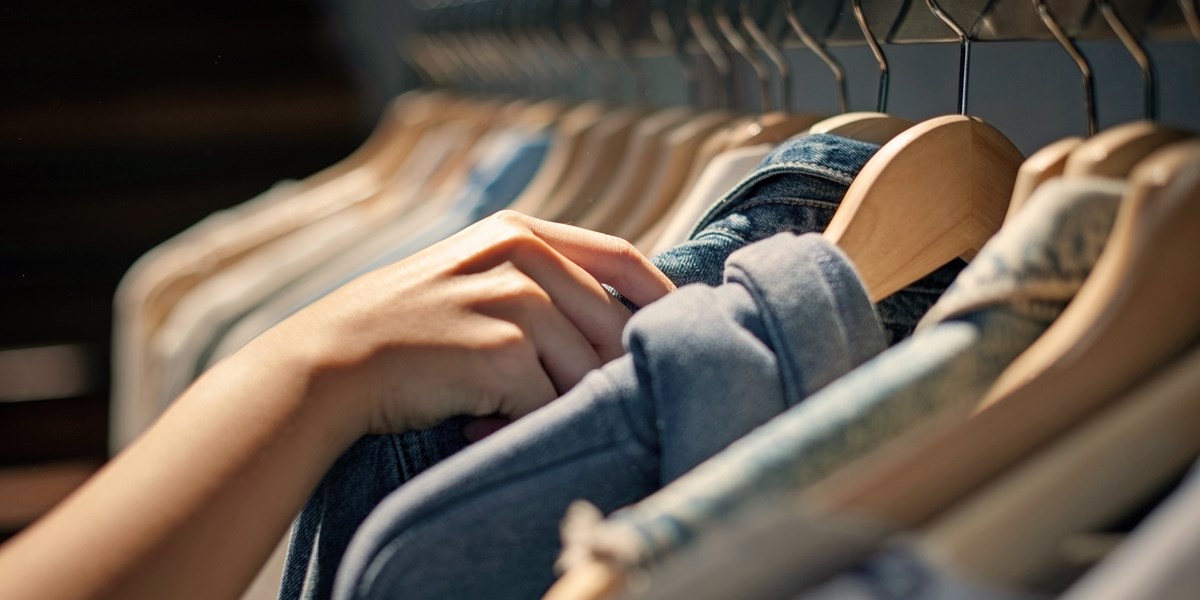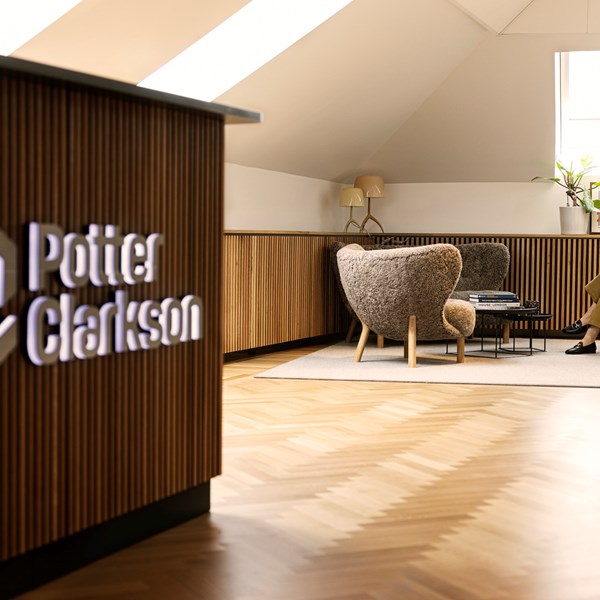The Court of Appeal was asked to review the decision of HHJ Clarke in a matter involving the British Amateur Gymnastics Association ("BAGA"), the sport’s governing body for gymnastics in the UK, and UK Gymnastics Ltd, UK Gymnastics Affiliation Ltd and their director, Christopher Adams (together “UKG”), a sports management and promotion group, which offers membership.
The first instance IPEC decision found for BAGA on all counts, with the Court finding that UKG had infringed BAGA’s trade marks and had committed passing off.
The Court of Appeal upheld all aspects of the first instance decision, with the exception of the initial injunction granted against UKG, on the grounds that the wording of the injunction was both ungrammatical and unclear but also extended beyond the pleaded case of BAGA.
BACKGROUND
BAGA claimed UKG infringed its national registered trade marks numbered UK00003226097 and UK00003281771 under s.10 (2) (likelihood of confusion) and 10(3) (unfair advantage) of the Trade Marks Act 1994, as well as UKG passing-off their goods and services as those of BAGA.
BAGA argued its near 40-year history meant it held a monopoly as the sole national governing body (“NGB”) for gymnastics in the UK. As such, it said the ‘average consumer’ would assume it was purchasing or using BAGA’s services when procuring from UKG. UKG argued it was a fledgeling NGB, but HHJ Clarke was unconvinced by this argument (para 91).
The Judge considered that while there was visually and aurally a low level of similarity between the marks used, conceptually, the similar geographical area and connotation of official status, meant the similarity marks was “strong” and therefore, they were confusingly similar. HHJ Clarke also held UKG took unfair advantage of BAGA’s marks, pointing to the “…weight of evidence…” including near-identical proficiency badges being offered by UKG, the use of a ‘swirl’ motif and the use of BAGA’s own footage on UKG’s website.
On the facts, HHJ Clarke also accepted that UKG was passing-off their services as those of BAGA ( see para 148).
THE FACTS AND ARGUMENTS
The Appellants appealed against the IPEC decision on six grounds:
- That the Judge erred in her finding that UKG was not an NGB.
- That the Judge specifically erred in her finding that UKG attempted to pass off that they were conferred a particular status by BAGA.
- That at least part of the injunction granted to BAGA should be set aside.
- That the Judge erred in her assessment of the level of similarity between the earlier trade mark and the word mark, on the one hand, and the earlier trade mark and the logo mark, on the other.
- That the Judge was wrong to find that there was a likelihood of confusion with the word mark, let alone the logo.
- [Not considered].
JUDGMENT
Arnold LJ, Lewison LJ and Bean LJ considered five of the six grounds of appeal presented by UKG (Appellants).
The Court of Appeal (CoA) upheld the majority of the IPEC decision. However, on Ground 2, it found that HHJ Clarke erred in her finding of one of the three counts of passing-off on the basis that BAGA had not pleaded that UKG misrepresented it was an NGB for the sport of gymnastics in the UK contrary to the fact, but instead had pleaded that the UKG was guilty of a misrepresentation that the status of NGB had been conferred upon it by BAGA itself. Therefore, HHJ Clarke had not tried the pleaded issue and was therefore in error in respect of that finding of passing-off.
The CoA also set aside part of the injunction granted by HHJ Clarke on the same basis. The injunction prevented UKG passing-off any business or goods or services as "otherwise denoting some form of official or approved status upon the Defendants or otherwise asserting to be a National Governing Body contrary to fact". As above, this wording did not match BAGA’s pleaded case, as well as being ungrammatical and unclear. Without any formal definition of “NGB”, that part of the injunction was uncertain and had to be overturned.
IMPLICATIONS
This case serves as a reminder that brand protection may be available for apparently generic names (otherwise incapable of protection), provided that long-standing use and reputation of the trade mark can be demonstrated; and/or that the trade mark belongs to an official body, such as an NGB.
In this case, aural and visual similarity were less important than the conceptual similarity of the marks and services that created a real likelihood of confusion.
Therefore sports and leisure clubs should seek expert legal advice, particularly before:
- adopting a name which may infringe the rights of an NGB for their sport or discipline.
Sports and leisure clubs should also:
- be cautious about representing themselves as NGBs if they cannot evidence this official status. For those entities that can characterise themselves as an NGB, the protections afforded to those groups may be broad.
Businesses, group and legal practitioners should:
- consider whether the ‘average consumer’ in the specific field is likely to be very inattentive when considering any potential likelihood of confusion. In this case, the average consumer included children and their parents, as well as spectators at sporting events.
In the first instance, UKG sought to argue it was operating as an NGB, when there was very little evidence that this was the case. This likely harmed UKG’s credibility in respect of its defence of BAGA’s infringement case.
Businesses, in general, should remember that they will not necessarily evade a finding of a likelihood of confusion, where there is only a low level of aural or visual similarity. Businesses should be aware of conceptual similarity, particularly when getting close to the marks of well-established brands or bodies within that field. In the event of a conflict, well-defined Co-existence Agreements might be an appropriate solution to secure their brand position before litigation is commenced.
